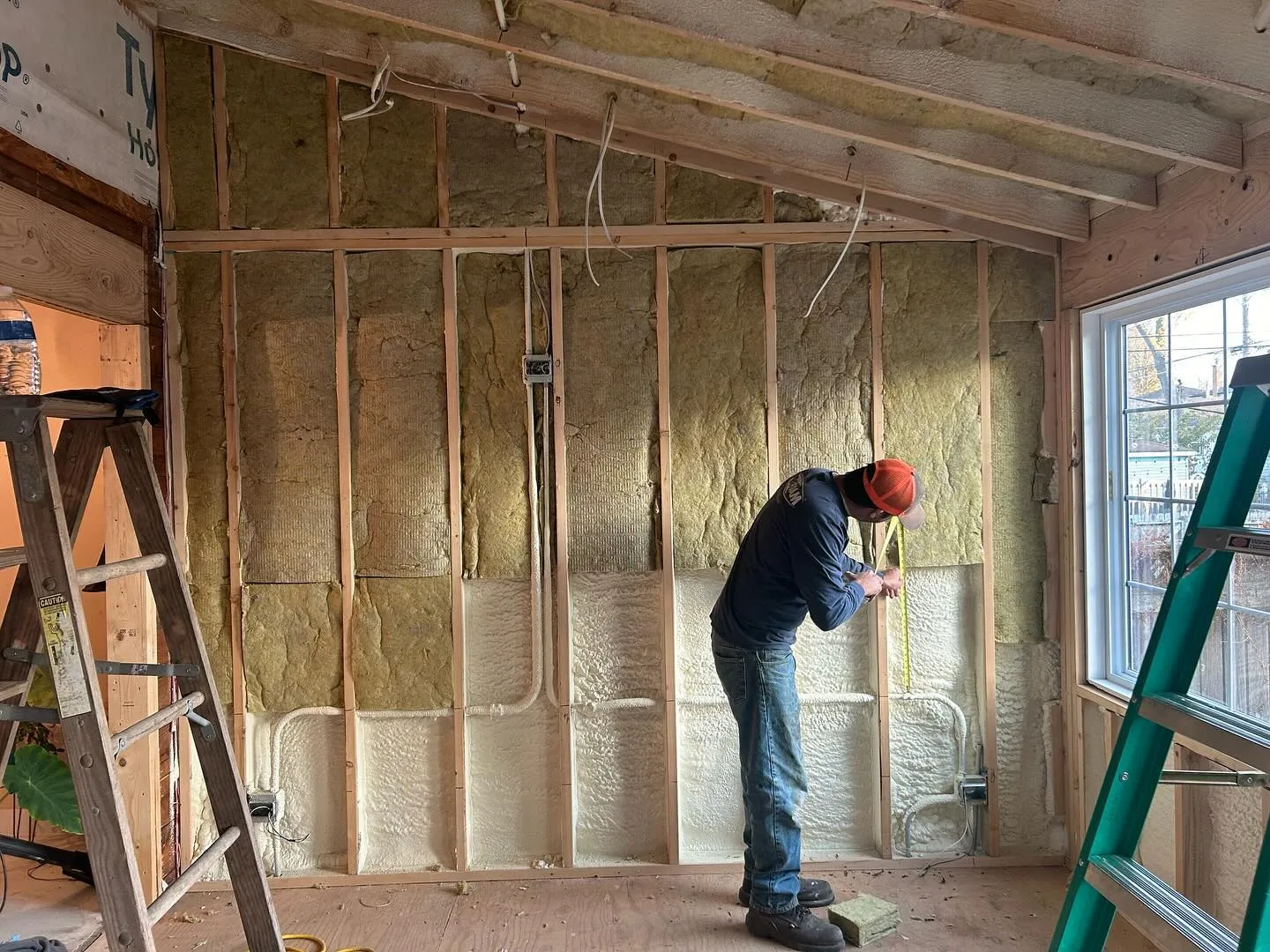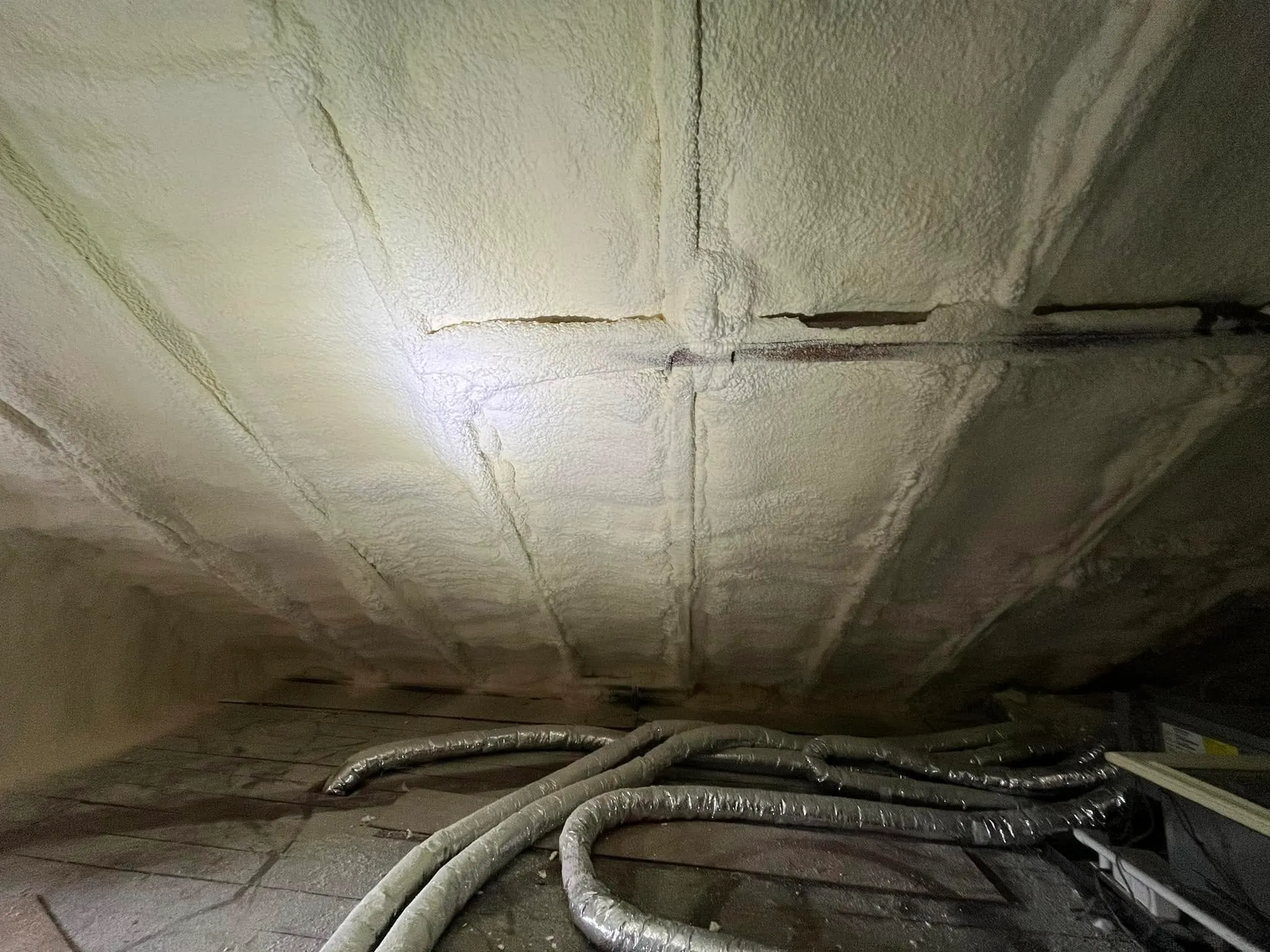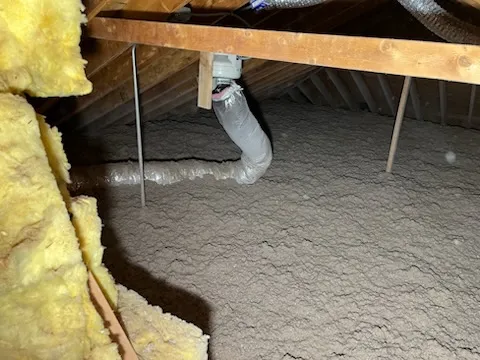
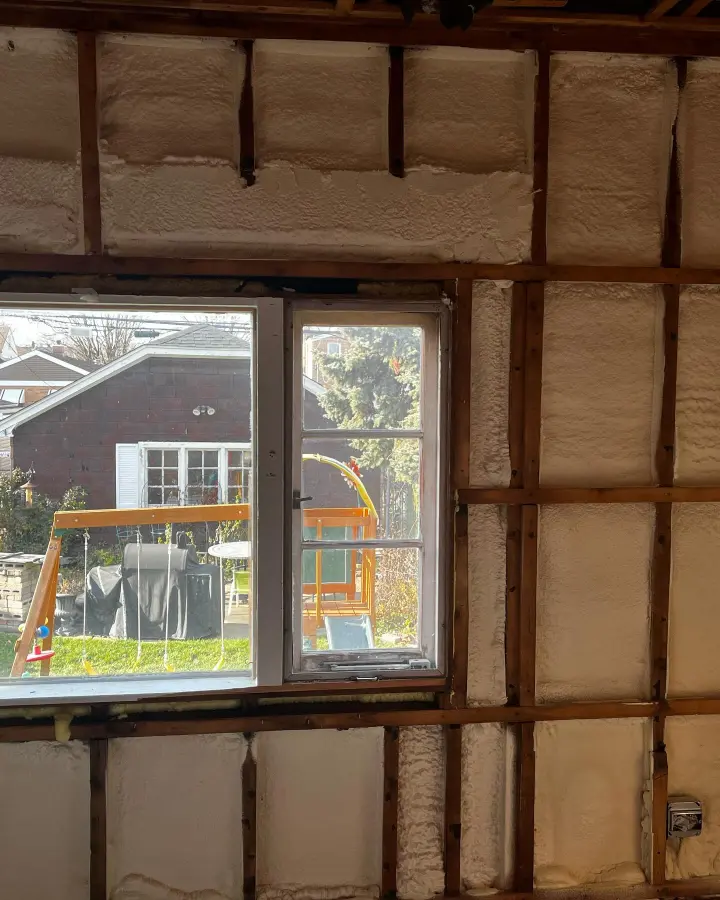
Even with insulation installed, many Oak Forest homes remain cold during winter. This often stems from poor installation practices, thermal bridging, outdated materials, or coverage gaps that reduce effectiveness. Inconsistent indoor temperatures are usually caused by air leakage, insufficient R-value, and incomplete coverage rather than the absence of insulation altogether.
Poor workmanship and material mismatches with climate-specific needs are common in retrofit or older insulation setups. South Chicago Insulation has encountered numerous Oak Forest homes where insulation was present but improperly installed, compressed, or lacking in key areas such as attics, rim joists, and crawlspaces.
Oak Forest homes require insulation solutions aligned with local weather conditions. This article breaks down the real causes of persistent cold spots and provides technical data and actionable guidance to help residents evaluate and resolve insulation issues.
| Cause | Description | Typical Signs | Solution |
|---|---|---|---|
| Air Leaks | Unsealed cracks in walls, ceilings, floors, or ducts | Drafts, temperature swings | Air sealing with foam or caulk |
| Compressed Insulation | Settled or squashed insulation reduces R-value | Uneven surface, poor coverage | Reinstall or top off with new insulation |
| Incomplete Coverage | Missed cavities, rim joists, attic corners | Cold spots, high heating bills | Add insulation to under-serviced zones |
| Thermal Bridging | Heat bypasses insulation via framing members | Cold walls despite insulation | Use continuous insulation or spray foam |
| Low R-Value | Insulation not thick or dense enough for climate | Overall cold interiors | Upgrade material to higher R-value |
| Moisture Intrusion | Wet insulation loses thermal resistance | Mold, musty smell, sagging | Fix leaks, replace affected insulation |
| Component | Recommended Value | Notes |
|---|---|---|
| Attic Insulation R-Value | R-49 to R-60 | U.S. DOE recommendation for Climate Zone 5 |
| Wall Insulation R-Value | R-13 to R-21 | Depending on wall cavity depth |
| Spray Foam R-Value per Inch | 6.0 – 7.0 (closed-cell) | Effective air and moisture barrier |
| Air Sealing Target | < 3 ACH50 | Air changes per hour per building code |
| Roof Coating Reflectivity | > 0.70 | Helps with summer performance and energy bills |
In Oak Forest, closed-cell spray foam performs better than open-cell in basements and crawlspaces due to added moisture resistance.
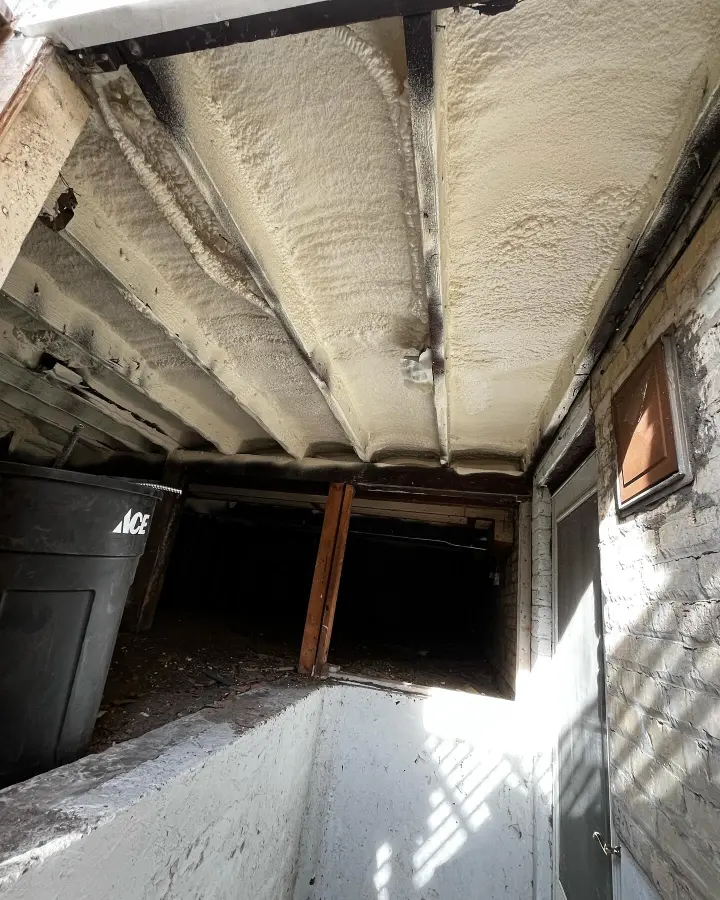
Oak Forest falls within Climate Zone 5, which demands insulation that prevents both heat loss in winter and overheating in summer. Common fiberglass batts lose effectiveness when exposed to humidity or improper installation angles. Many homes built before 1990 were insulated below modern standards, with materials now outdated for current energy efficiency requirements.
Older homes in Oak Forest often lack proper attic baffle ventilation, causing insulation to become saturated with condensation. Upgrading ventilation reduces moisture-related performance drops.
Gaps in insulation or unsealed ducts commonly cause uneven temperatures between rooms.
Only if the existing insulation is properly installed. Otherwise, gaps and leaks will still let heat escape.
Evaluate the condition. Wet, damaged, or compressed insulation should be removed and replaced.
Closed-cell spray foam offers superior air sealing and R-value per inch in cold zones like Oak Forest.
Addressing cold zones in Oak Forest homes requires the right material, correct installation, and climate-specific adjustments. For support resolving insulation issues efficiently:
South Chicago Insulation
Email: [email protected]
Phone: (779) 803-8025
Inspect every 3–5 years or after any major roofing project or water intrusion.
Blown-in cellulose or spray foam, depending on access and cavity condition.
Yes. Sound attenuation insulation specifically targets airborne sound transmission between rooms or units.
Not for spray foam or air sealing. Improper application causes long-term performance issues and safety risks.
An energy audit can verify insulation levels and detect air leaks using industry-standard tests.

